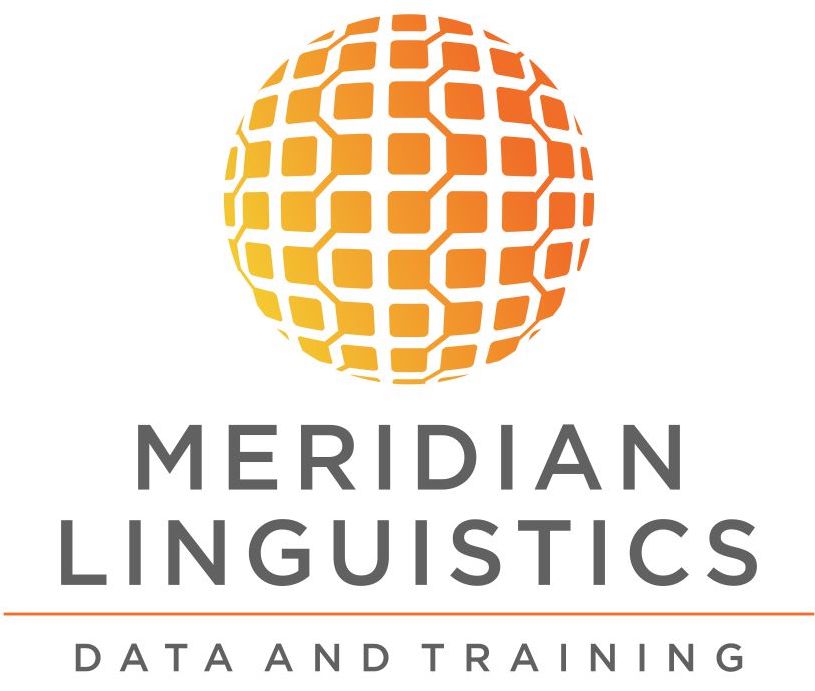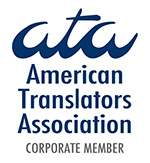What Counts as a Translation Error?
Is translation art or science?
It is hard to say. After all, there can be hundreds of ways to accurately translate a single sentence.
However, there are even more ways to translate that sentence incorrectly!
While it can be extremely difficult to set a universal standard for translation quality, one that meets everyone’s expectations in all contexts and timelines, there are certain errors that stand out as objective, and other errors that are more difficult to categorize.
Here is how Meridian Linguistics defines error categories: we hope it can be helpful to you as you prepare contracts or settle disputes related to translation quality.
FREE MINICOURSE: Which Language Should I Learn To Work as a Freelance Translator
Error Categories
Objective errors
1. Punctuation and Spelling Errors: Errors of standardized punctuation and spelling.
2. Omissions: Text that appears in the source and must appear in the translation in order to maintain accuracy.
3. Homograph: Mistranslation in which a homograph of the source word (written in the same way, but with different meaning) is translated instead of the appropriate source word.
4. Localization errors: Translations involving terminology or vocabulary that is not commonly used in the specified region.
5. Stylistic Errors, Included in Style Guide: Failure of the translator to adhere to stylistic preferences communicated before the start of translation work.
6. Specialized Terminology, Included in Glossary: Failure of the translator to use the proper specialized terminology for the subject domain, as previously prepared in a client-approved Glossary.
7. Specialized Terminology, Not Included in Glossary*: Within reason, our translators are expected to conduct thorough research into unfamiliar terminology. Please note that even specialized translators (Medical, Financial) may not already specialize in more specialized subfields of their expertise (e.g. Defibrillators, SEC filings) and must therefore carry out research that may be affected by time constraints or availability of information.
Wherever possible, translators will communicate any ambiguities to the client in the hopes of resolving errors in advance.
However, categorization of specialization errors may fall under subjective errors if the necessary research materials were limited in any way.
8. Contextual Error, Type 1: Errors in which accuracy can be determined by the immediate context of their translation.
9. Errors of Grammar or Syntax: Errors in which the translation does not adhere to standardized grammar or syntax rules of the target language, affecting either fluency or accuracy.
Subjective errors
1. Preferential terms: Translation choices that are accurate but do not correspond to the preferences of the client, which have not been previously communicated.
2. Preferential omissions: Text that appears in the source but may not commonly appear in the language of the target language, in such that omission of such text does not affect the accuracy of the translation.
3. Contextual Error: Type 2: Contextual errors in which it was not immediately clear from the translation’s immediate context that the translation choice constituted an error.
4. Stylistic Errors Not Included in Style Guide: Translation choices that employ tone, voice, formality or other choices that do not affect the meaning, but that do not meet the preferences of the Client.
5. Specialized Terminology, Not Included in Glossary: Please see same error category above, under Objective Terminology.
Are you a translation buyer looking for more guidance on translation quality? Feel free to contact us.
Are you a language professional interested in learning more about the translation industry, or working with an international remote team? Work with us.




Leave A Comment